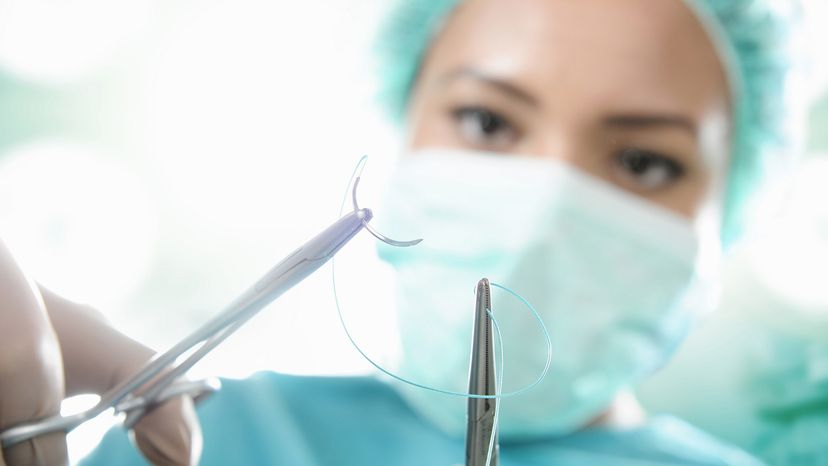
For centuries, dentists and oral surgeons, plastic surgeons, obstetricians, urologists and even veterinarians have used stitches to close up gashes, cuts and surgical incisions. Now, many physicians are using some form of dissolvable stitches (also called absorbable sutures) to suture wounds.
The great thing about dissolvable stitches is that doctors can use them on internal or external wounds. So, how long does it take for stitches to dissolve?
Advertisement